If you’re looking for MOVEit Transfer alternatives, you’re in the right place
Here is our list of the seven best MOVEit Transfer alternatives:
- Serv-U Managed File Transfer Server (FREE TRIAL) The best on-premises options for MOVEit Transfer alternatives
- Files.com A highly flexible and intuitive cloud-based solution that provides secure file transfers as well as auditing, automation, and collaboration capabilities
- GoAnywhere MFT Very intricate enterprise solution for transfers and file management
- Citrix ShareFile Great end-user experience, the email plugin is a nice bonus
- WinSCP Highly flexible tool that offers robust scripting capabilities
- WeTransfer Better suited for smaller teams, ideal for less frequent file transfers
- FTP Voyager FTP Client A simple yet powerful free FTP tool, best suited for smaller businesses
The Best MOVEit Transfer Alternatives
1. Serv-U Managed File Transfer Server (FREE TRIAL)
Serv-U Managed File Transfer Server puts you in control of your data providing an easy-to-use flexible platform for file sharing that can be installed on-premises. Serv-U is a great choice for companies who already have IT infrastructure in place to support an on-premises server, and prefer that option to cloud tools.
This tool was built specifically to serve enterprise environments, with features that support highly detailed automation workflows, scheduling, and multi-site support for file transfers. If you’re looking for a long-term solution for large regular repeat file transfers, Serv-U is one of our top picks.
To help businesses maintain compliance, the platform has several built-in controls that make following compliance standards such as HIPAA, PCI DSS, and FISMA simple when moving files. You can specify zones and file types as compliant and allow Serv-U to do the rest. Restrictions can be based on a network location or user access.
These user access rights can be pulled directly from an LDAP connection, making it a simple process if you already manage file access in Active Directory through security groups. A unique feature of this tool is that it can also support IPv6 networks alongside Ipv4 addressing, making it a good option for larger networks that utilize the newer addressing standard.
Serv-U proves to be a great MOVEit Transfer alternative, especially for companies who want more out-of-the-box features, and a more user-friendly experience.
Pros:
- LDAP integration makes AD sync simple and easy
- Great mobile app and browser access options, especially for an on-premises solution
- Great interface, even when used with multiple sites
- Supports compliance standards like PCI DSS and HIPAA
- Advanced automation can be triggered by actions, schedule, or specific events
Cons:
- I would like to see a longer trial period
You can test-drive Serv-U Managed File Transfer Server with a completely free 14-day trial.
2. Files.com
Files.com offers a cloud-based file transfer solution that is easy to use, scale, and coordinate teams with, making it an excellent MOVEit Transfer alternative. There are multiple options for file sharing that can help provide solutions to everything from large FTP transfers to sharing documents securely with a third party.
Starting with large file transfers, Files.com provides highly customizable and secure FTPS/FTPeS transfer options that can easily support multiple sites and transfer needs. This is ideal for EDI transfer partners, moving files to a backup site, or collaboration with teams dealing with large files.
Scheduling and automation give the platform excellent flexibility, allowing sysadmins to not only automatically move files, but execute cleanup and administrative actions across FTP servers.
This includes options such as automatically deleting files, renaming files, or moving them to a different location. Actions can also be triggered based on actions, giving it much more flexibility than schedulers and automation tools that solely rely on a set time. As a side note, none of these automation features require scripting knowledge, it can all be done from the GUI, which is tough to find in most file transfer services.
One of the most notable parts of Files.com is that it doesn’t take security lightly. While cloud security can be complicated, the platform does a great job of ensuring all products are not only designed to be secure but are configured to the most secure option by default.
For example, FTP is disabled by default, encouraging users to choose the more secure FTPS protocol. Two-factor authentication, robust user permissions settings, and encryption at rest and in transit are also implemented to secure cloud work environments.
Files.com is also great for companies who frequently have to transfer sensitive documents to third parties, (think enterprises, lawyers, healthcare providers). Rather than use email, which is inherently insecure, Files.com offers link sharing that utilizes their secure servers for recipients to view, sign, or copy the document they need.
Unlike other services, Files.com gives you granular control over how that link is shared, and what the recipient can do with the file. For example, you can tailor the link to only allow for the document to be signed and not saved, or expire after a certain time. Alerting can also be set up so you know when a link has been clicked, helping improve the overall workflow and shorten the sales cycle in some cases.
While some platforms similar to MOVEit Transfer are bulky, Files.com maintains a flexible pricing tier that offers predictable monthly pricing and offers a generous amount of storage space. For example, the Power Plan offers 5TB of storage space and allows up to 250K API calls per day for your integrations, applications, or cloud services.
Pros:
- Cloud-based files transfer allows for lower infrastructure costs and easier scalability
- One of the most secure options on the market offers a host of security features making it secure out-of-box
- Makes sharing sensitive information between third parties easy and auditable
- Automation features offer scheduling, as well as action-based automation without the need for programming
- One of the most open APIs available with a huge range of integrations
Cons:
- I would like to see a longer trial for testing some of the more advanced features
You can test out all of the features Files.com has to offer through a 7-day trial.
3. GoAnywhere MFT
GoAnywhere MFT helps enterprise-level organizations centralize their data in a secure way that is designed to automatically help companies comply with standards such as HIPAA, GDPR, and PCI DSS. GoAnywhere MFT offers flexible deployment options for cloud, on-premises, or hybrid-cloud environments, making it a very flexible tool.
The platform helps teams work more efficiently through a series of workflows that consists of over 60 different tasks that users can mix and match to create unique workflows for practically any situation. This, combined with folder monitoring allows both sysadmins and end-users to leverage automation to assist in both day-to-day duties, as well as administrative tasks. Alerting can be set on monitored folders or files to let users know when a file has been modified, moved, or downloaded.
A series of collaborative features help enhance the file transfer process between trading partners by making the process more efficient and easy to use. For example, files can be accessed via a mobile app or web client, even when the solution is installed on-premises. Many features built into GoAnywhere MFT help assist collaboration for distributed teams, but can also aid in Data Loss Prevention (DLP). Data can automatically be set to sanitize documents before the transfer, restore modified or lost data, and prevent exfiltration via more advanced methods such as stenography.
Pros:
- Robust enterprise-focused file features that were designed to support thousands of users
- A highly detailed platform allows for in-depth customizations and integrations into custom build solutions
- Features DLP to help protect file integrity from both inside and outside attacks
Cons:
- Can be resource-intensive
- The platform has a steep learning curve, even for technical users
- The interface is customizable and could be better when compared to the competition
- Pricing isn’t transparent, must contact sales
4. Citrix ShareFile
Citrix ShareFile works to provide businesses with an easy way for staff and third-party partners to transfer larger amounts of information without moving it on a physical medium like a thumb drive or even a traditional FTP server. The product strikes a balance between being user-friendly on the front end, while still providing sysadmins with all the technical tools they need to customize and integrate Citrix ShareFile the way they want to.
The platform aims to simplify the problem of file transfers and storage by making data available in a single location through its web portal, email plugin, or mobile app, making it one of the more user-friendly alternatives to MOVEit Transfer. Office 365 users will be happy to hear that the product has an integration specifically for Office 365, making the onboarding process a lot smoother for those who use that service.
Citrix ShareFile positions itself as a solution that is faster and better than FTP alone. While their solution may be more user-friendly, the difference between their cloud-based storage and a proper FTP server implementation remains to be seen. They essentially offer robust cloud-based storage instead of the traditional FTP file transfer. This does make it easier to establish long-term file-trading partners who may not have the technical know-how to use their FTP clients. The platform also gives users the ability to move large files directly from their email inbox via plugins, which is convenient for when files get bounced due to size restrictions.
Pros:
- Easy to use, specifically from an end-user perspective
- Supports files sharing for both internal and external recipients
- Highly detailed administrative controls, flexible onboarding
Cons:
- Permission structure can be complicated to view and change
- Complicated directory structures can impede performance
- More automation features could help administrators prune old users, and perform daily tasks
5. WinSCP
WinSCP is a widely used and free tool that can be used to set up and manage S/FTP file transfers. Its range of features allows it to be highly versatile and scale to support multi-site FTP connections that can easily serve larger networks.
WinSCP remains a strong free option partly thanks to its dedicated community that helps identify bugs, resolve users’ issues on the forums, and build plugins for the application. While the interface is sleek and easy to navigate, it does have a slightly higher learning curve than other products, especially from an end user’s point of view.
The platform supports FTP, FTPS, SCP, SFTP, WebDAV, or S3 file transfers giving it a huge amount of flexibility over smaller tools that only offer FTP as their transfer protocol. The program runs lean, but also offers more tech-savvy users to control its functions via CLI. The command-line tools are great for those who prefer it over the GUI, or just want to run the software using as few resources as possible.
Scripting capabilities keep WinSCP highly configurable and customizable, making it a better option for those with technical experience. Task scheduling and more advanced forms of task automation can be scripted in a manner that doesn’t put sysadmins in a box.
The knowledge base articles found on their official website can help with some of the most common questions and setup tasks, but you won’t find a paid support option.
Pros:
- Free tool
- Multiple protocol support, making it a flexible transfer option
- Robust CLI tool and scripting capabilities
- Simple and efficient built-in text editor
Cons:
- No paid support, users are left to the community forums and self-help docs
- Automation requires scripting, making it not as intuitive as other solutions
- Automatic FTP uploads are not as easy to configure
WinSCP is available for Windows operating systems and can be downloaded for free.
6. WeTransfer
WeTransfer is a cloud-based file transfer service that offers affordable transfers via link sharing, and even includes a free version that supports up to 2GB of files per message. While it might not be the best tool for enterprise environments, it certainly offers one of the best MOVEit Transfer alternatives for small businesses who were overwhelmed by the number of features offered in similar products.
This web-based file transfer service needs only the email address of the recipient to function, making it highly versatile and easy to use with third parties. Recipients do not need to create an account to access the files, however, the sender will need to confirm their email address before sending.
The service is good for sending files on occasion, but not the best fit for setting up transfers between two companies in a more permanent manner, or acting as a backup disaster recovery solution.
The paid Pro plan starts at $12.00 per month, per user, and allows users to send up to 20GBs of files at once. Files are temporarily stored on the WeTransfer cloud server and are subsequently deleted after one week. After one week the files in that link are gone, meaning you’ll have to resend the file and the link if the recipient failed to download the files. This comes with its own unique set of pros and cons, making it good for privacy, but not a viable tool for long-term storage.
The platform is incredibly user-friendly, making it a good MOVEit Transfer alternative for non-technical users who don’t need much enterprise functionality. With that said, you won’t have as many security controls or auditing capabilities with links that are shared as you would in some of the other enterprise tools.
Pros:
- Ease to use, drag and drop simplicity
- Built-in the cloud, allows you to scale your file sending without any infrastructure
- Competitive pricing
Cons:
- Not designed for heavy use, think EDI, FTP, databases, etc
- Not the best option for larger enterprises lacks advanced integrations and features
- Lacks security controls for businesses needing to maintain compliance
7. FTP Voyager FTP Client
Voyager FTP Client is a free tool that helps businesses establish FTP connections to and from different sites. The interface is simple and easy to use, but still offers configuration options for sysadmins. The platform supports secure protocols as well including FTPS and SFTP, making it a secure option for more sensitive data.
Forward-facing features include a simple text editor and image previewer, that allows end-users to quickly modify and see documents without wasting time opening them in a third-party app. This helps improve workflow and is automatically available upon installation.
Voyager FTP Client is a great solution for smaller businesses that still need to establish secure and more permanent connections for file sharing. Enterprise clients will likely find Files.com or Serv-U a better option due to its more advanced automation features, reporting options, and auditing capabilities.
Pros:
- Completely free tool
- Excellent multi-site support
- One-click synchronization option
- Files can be previewed without downloading them locally
Cons:
- FTP Voyager was built for use in a business environment, specifically for sysadmins, and may not be the best option for the home user
Voyager FTP Client can be downloaded for free.
L’article 7 of the Best MOVEit Transfer Alternatives est apparu en premier sur Comparitech.


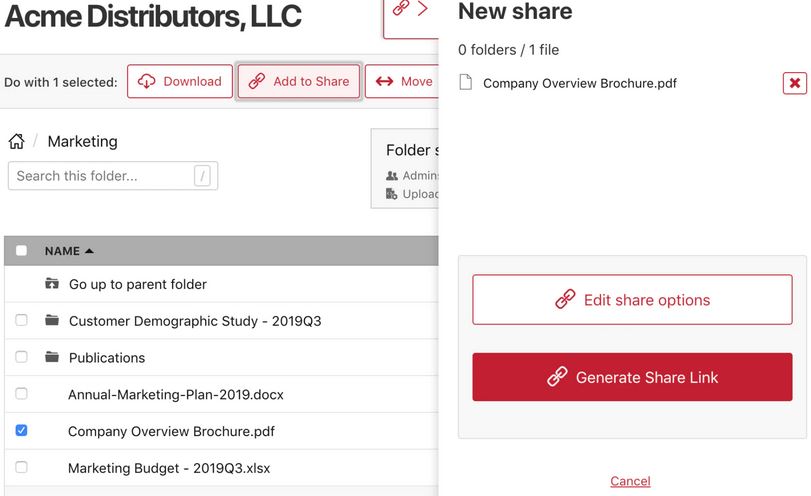
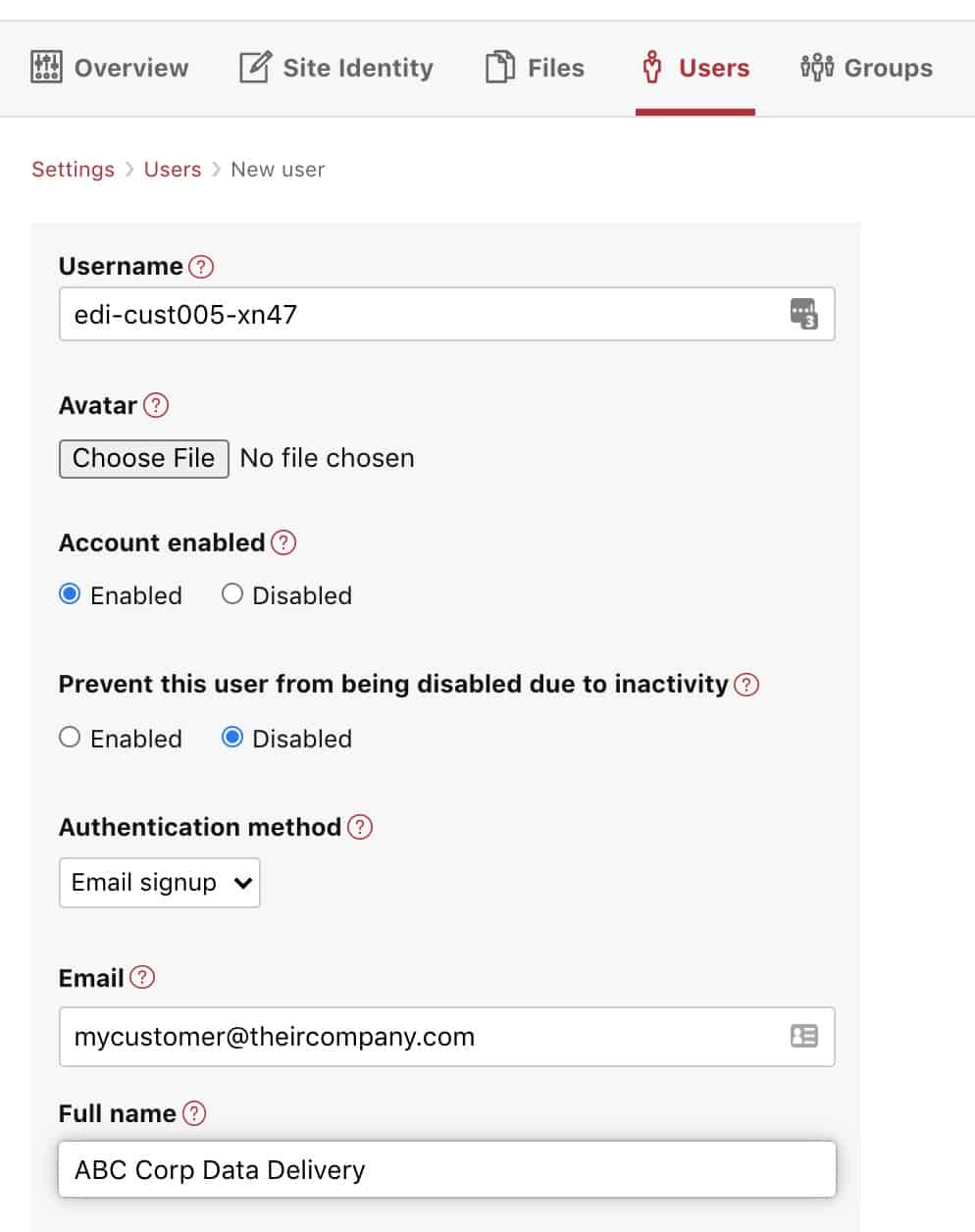

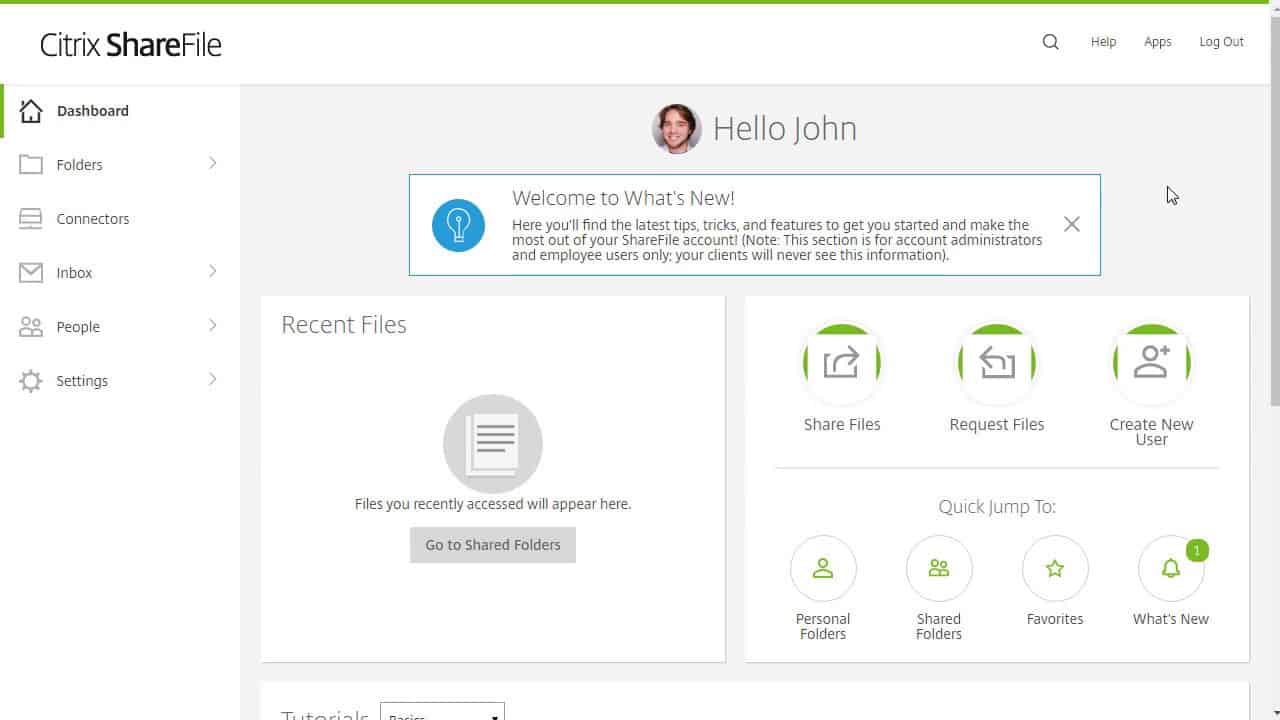
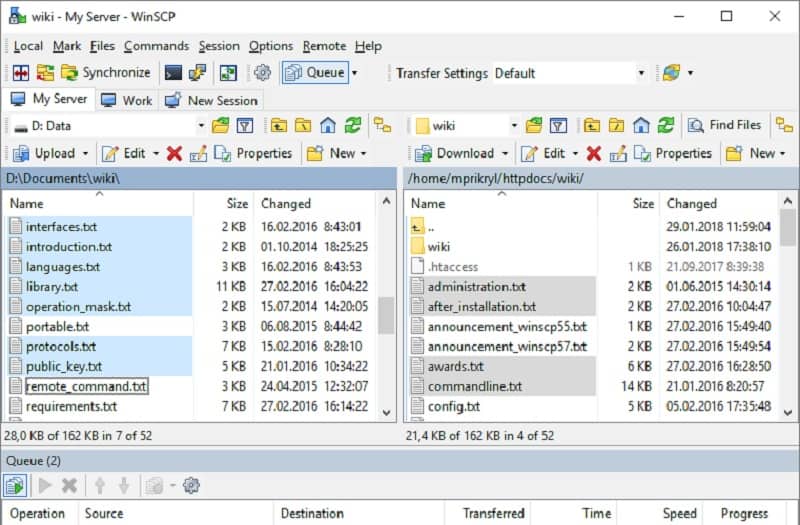
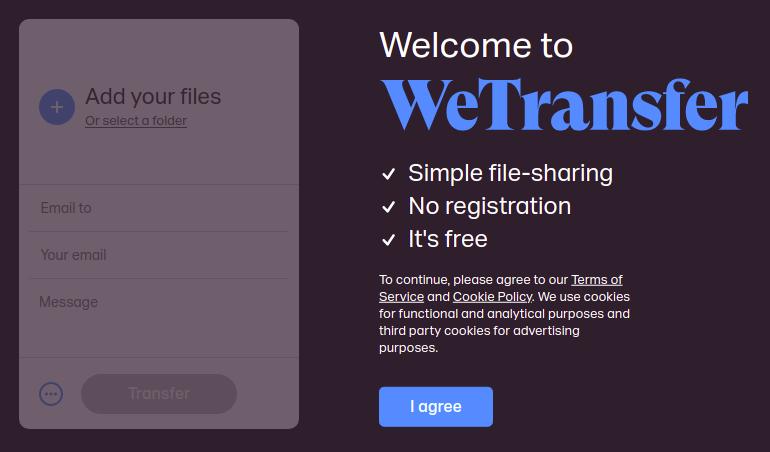

0 Commentaires